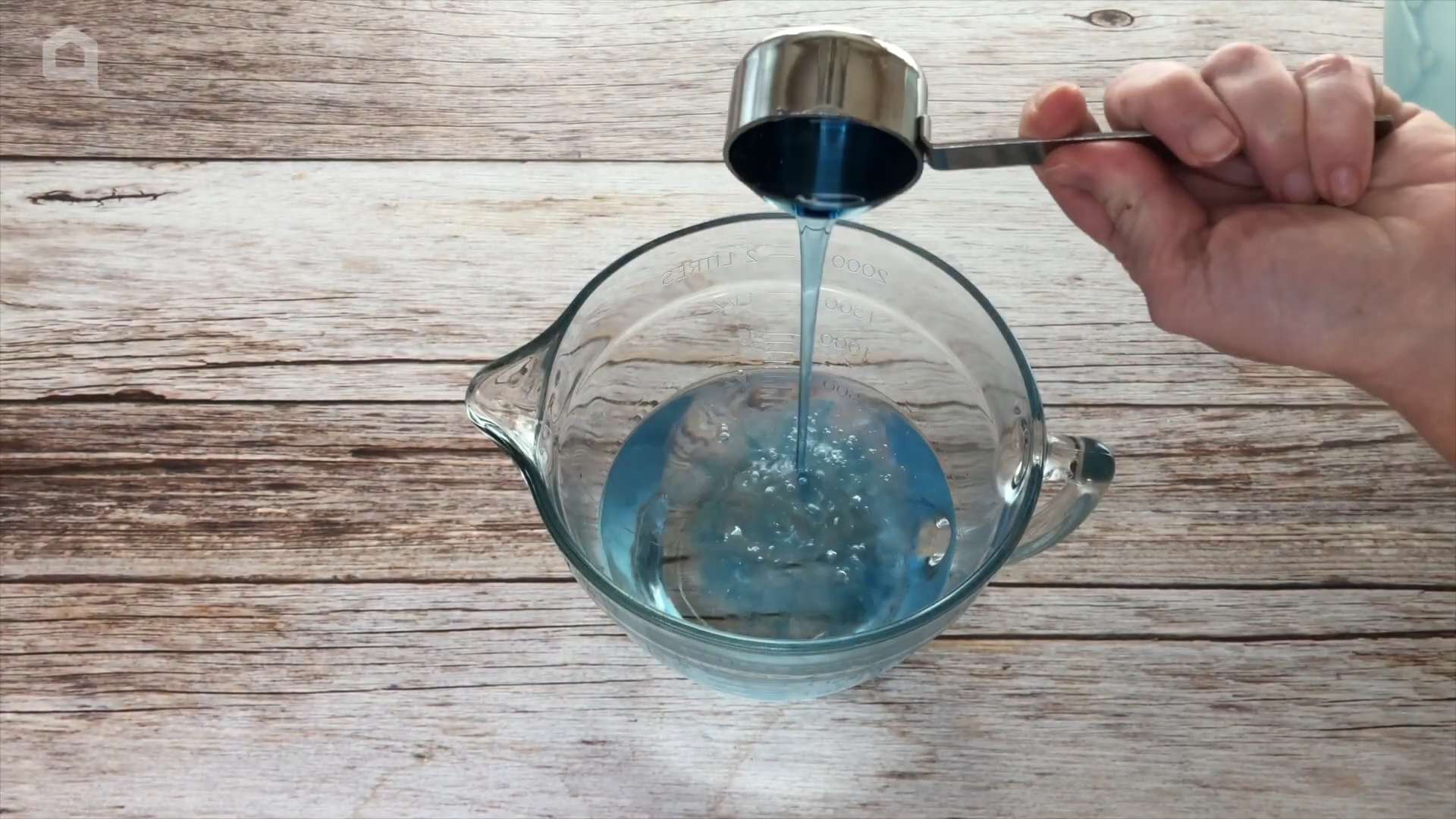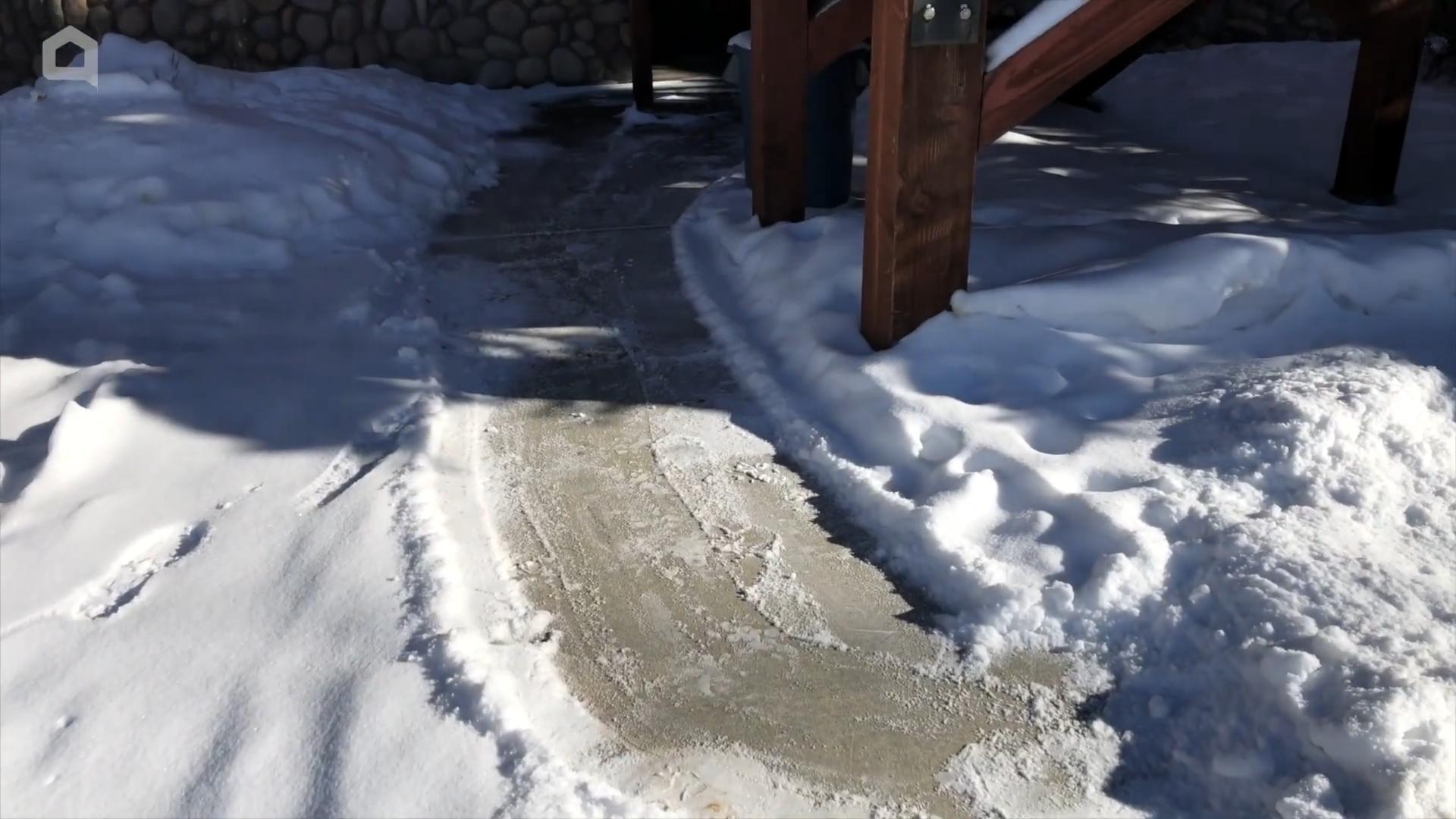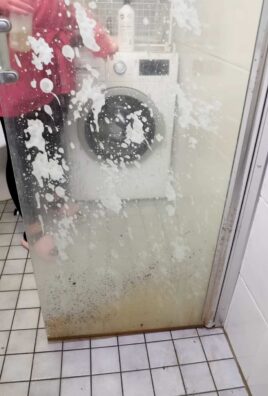Rubbing alcohol cleaning hacks – who knew such a simple bottle could unlock a world of sparkling clean possibilities? I’m always on the lookout for easy and effective ways to keep my home fresh, and let me tell you, rubbing alcohol has become my secret weapon. Forget spending a fortune on fancy cleaning products; this humble solution is a game-changer!
Believe it or not, the use of alcohol for cleaning and disinfecting dates back centuries. From ancient civilizations using fermented beverages for sanitation to modern medicine relying on its antiseptic properties, alcohol has a long and fascinating history. But it’s only recently that its potential as a versatile household cleaner has truly taken off.
Why do you need these rubbing alcohol cleaning hacks in your life? Well, think about it: we’re all busy! Juggling work, family, and everything in between leaves little time for endless scrubbing. These hacks are designed to save you time, money, and effort while achieving amazing results. From banishing stubborn stains to disinfecting surfaces, rubbing alcohol is a surprisingly effective and affordable solution. Plus, it’s a fantastic alternative to harsh chemicals, making it a more eco-friendly choice for your home. So, get ready to discover the magic of rubbing alcohol and transform your cleaning routine!

Unlock the Cleaning Power of Rubbing Alcohol: DIY Hacks You Need to Know
Hey there, fellow cleaning enthusiasts! I’m about to let you in on a little secret weapon that’s probably already hiding in your medicine cabinet: rubbing alcohol, also known as isopropyl alcohol. Forget those expensive, chemical-laden cleaners – this stuff is a powerhouse when it comes to tackling grime, disinfecting surfaces, and even solving some unexpected household problems. I’ve been experimenting with rubbing alcohol for years, and I’m excited to share my favorite DIY cleaning hacks with you. Get ready to be amazed!
Understanding Rubbing Alcohol: Your New Best Friend
Before we dive into the hacks, let’s quickly cover the basics. Rubbing alcohol comes in different concentrations, usually 70% or 91%. For most cleaning purposes, 70% is perfectly fine and often preferred because it contains more water, which helps it dissolve dirt and grime more effectively. The 91% solution is great for disinfecting and situations where you want faster evaporation. Just remember to always test any cleaning solution in an inconspicuous area first, especially on delicate surfaces.
Hack #1: Sparkling Clean Windows and Mirrors
Tired of streaks and smudges on your windows and mirrors? I was too! This simple rubbing alcohol solution will give you a crystal-clear shine without any harsh chemicals.
What you’ll need:
* Spray bottle
* Rubbing alcohol (70% or 91%)
* Distilled water
* Microfiber cloth
Step-by-step instructions:
1. Mix the solution: In your spray bottle, combine equal parts rubbing alcohol and distilled water. I usually go for a 50/50 mix.
2. Spray the surface: Lightly spray the window or mirror with the solution. Don’t overdo it – a little goes a long way.
3. Wipe it down: Using a clean microfiber cloth, wipe the surface in a circular motion. Then, go over it again with a dry section of the cloth to remove any remaining moisture and prevent streaks.
4. Admire your reflection: Stand back and admire your sparkling clean windows and mirrors! I promise, you’ll notice the difference.
Hack #2: Disinfecting Your Phone and Electronics
Our phones are basically petri dishes, constantly collecting germs and bacteria. I use this rubbing alcohol hack to keep my devices clean and sanitized without damaging them.
What you’ll need:
* Rubbing alcohol (70%)
* Microfiber cloth
* Cotton swabs (optional)
Step-by-step instructions:
1. Dampen the cloth: Lightly dampen a microfiber cloth with rubbing alcohol. Make sure the cloth is not soaking wet! You want it to be just slightly damp to avoid any liquid getting into the device.
2. Wipe down the surface: Gently wipe down the screen, back, and sides of your phone or other electronic device.
3. Clean hard-to-reach areas: Use a cotton swab dampened with rubbing alcohol to clean around buttons, ports, and other small crevices.
4. Let it air dry: Allow the device to air dry completely before using it. This usually only takes a few seconds.
Important Note: Never spray rubbing alcohol directly onto your phone or electronics. Always use a dampened cloth.
Hack #3: Removing Permanent Marker Stains
Oh no! Did your little one get a hold of a permanent marker and create a masterpiece on your furniture? Don’t panic! Rubbing alcohol can often remove permanent marker stains from various surfaces.
What you’ll need:
* Rubbing alcohol (70% or 91%)
* Cotton balls or clean cloth
* Water
* Clean cloth
Step-by-step instructions:
1. Test in an inconspicuous area: Before applying rubbing alcohol to the stain, test it in a hidden area to make sure it doesn’t damage the surface.
2. Apply rubbing alcohol: Soak a cotton ball or clean cloth with rubbing alcohol and gently dab the stain. Avoid rubbing vigorously, as this can spread the stain.
3. Blot the stain: Blot the stain with a clean section of the cotton ball or cloth. Repeat steps 2 and 3 until the stain is gone or significantly reduced.
4. Rinse with water: Once the stain is removed, rinse the area with water to remove any remaining rubbing alcohol.
5. Dry the surface: Dry the surface with a clean cloth.
Important Note: This hack works best on non-porous surfaces like countertops, whiteboards, and some types of furniture. It may not be as effective on fabrics or porous materials.
Hack #4: Cleaning and Disinfecting Your Bathroom
I use rubbing alcohol to keep my bathroom sparkling clean and germ-free. It’s a great alternative to harsh chemical cleaners.
What you’ll need:
* Spray bottle
* Rubbing alcohol (70% or 91%)
* Microfiber cloth
* Old toothbrush (optional)
Step-by-step instructions:
1. Spray the surfaces: Spray rubbing alcohol directly onto bathroom surfaces like countertops, sinks, toilets, and shower walls.
2. Let it sit: Allow the rubbing alcohol to sit on the surfaces for a few minutes to disinfect.
3. Wipe it down: Wipe down the surfaces with a clean microfiber cloth.
4. Scrub stubborn areas: Use an old toothbrush to scrub grout lines, around faucets, and other hard-to-reach areas.
5. Rinse if necessary: If you prefer, you can rinse the surfaces with water after wiping them down.
Hack #5: Removing Sticky Residue
We’ve all been there: trying to peel off a sticker or label and being left with a sticky, gooey residue. Rubbing alcohol to the rescue!
What you’ll need:
* Rubbing alcohol (70% or 91%)
* Cotton ball or clean cloth
Step-by-step instructions:
1. Apply rubbing alcohol: Soak a cotton ball or clean cloth with rubbing alcohol and apply it to the sticky residue.
2. Let it sit: Allow the rubbing alcohol to sit on the residue for a few minutes to soften it.
3. Wipe it away: Wipe away the residue with the cotton ball or cloth. You may need to repeat steps 1 and 2 a few times for stubborn residue.
4. Clean the surface: Once the residue is gone, clean the surface with soap and water to remove any remaining rubbing alcohol.
Hack #6: Deodorizing Shoes
Smelly shoes? I’ve got you covered! Rubbing alcohol can help kill the bacteria that cause shoe odor.
What you’ll need:
* Spray bottle
* Rubbing alcohol (70% or 91%)
Step-by-step instructions:
1. Spray the inside of the shoes: Spray the inside of your shoes with rubbing alcohol. Be generous, but don’t soak them.
2. Let them air dry: Allow the shoes to air dry completely. This may take several hours, depending on how wet they are.
3. Repeat as needed: Repeat this process as needed to keep your shoes smelling fresh.
Hack #7: Cleaning Jewelry
Give your jewelry a quick shine with rubbing alcohol. It’s a gentle and effective way to remove dirt and grime.
What you’ll need:
* Rubbing alcohol (70% or 91%)
* Small bowl
* Soft-bristled toothbrush (optional)
* Clean cloth
Step-by-step instructions:
1. Soak the jewelry: Place your jewelry in a small bowl filled with rubbing alcohol.
2. Let it soak: Allow the jewelry to soak for 10-15 minutes.
3. Scrub gently (optional): If necessary, use a soft-bristled toothbrush to gently scrub away any stubborn dirt or grime.
4. Rinse with water: Rinse the jewelry with water.
5. Dry with a clean cloth: Dry the jewelry with a clean cloth.
Important Note: Avoid using this method on delicate gemstones or pearls, as rubbing alcohol can damage them.
Hack #8: Removing Hairspray Buildup from Hair Tools
Hairspray can leave a sticky residue on your hair tools, making them less effective. Rubbing alcohol can easily remove this buildup.
What you’ll need:
* Rubbing alcohol (70% or 91%)
* Cotton balls or clean cloth
Step-by-step instructions:
1. Unplug the hair tool: Make sure your hair tool is unplugged and completely cool.
2. Apply rubbing alcohol:

Conclusion
So, there you have it! Rubbing alcohol cleaning hacks are not just a trend; they’re a game-changer for a cleaner, fresher, and healthier home. We’ve explored a range of applications, from sanitizing surfaces to removing stubborn stains, all powered by the humble bottle of isopropyl alcohol. The versatility and effectiveness of these DIY solutions make them a must-try for anyone looking to simplify their cleaning routine and save money in the process.
Why is this a must-try? Because it’s effective, affordable, and readily available. Forget about expensive, chemical-laden cleaners that promise the world but often fall short. Rubbing alcohol offers a powerful, natural alternative that tackles grime, germs, and odors with ease. Plus, it’s incredibly budget-friendly, making it a win-win for your home and your wallet.
But don’t just take our word for it. We encourage you to experiment with these rubbing alcohol cleaning hacks and discover the magic for yourself. Start with the basics, like sanitizing your phone screen or cleaning your bathroom fixtures. Once you’re comfortable, branch out and try tackling more challenging tasks, such as removing permanent marker stains or refreshing your shoes.
Looking for variations? Consider adding a few drops of your favorite essential oil to your rubbing alcohol cleaning solutions for a pleasant scent. Lavender, lemon, and eucalyptus are all excellent choices that can enhance the cleaning experience and leave your home smelling fresh and inviting. You can also adjust the concentration of rubbing alcohol depending on the task at hand. For delicate surfaces, dilute the alcohol with water to prevent damage. For tougher stains, use a higher concentration of alcohol for maximum cleaning power.
We’re confident that once you experience the benefits of rubbing alcohol cleaning hacks, you’ll never go back to your old cleaning routine. It’s a simple, effective, and sustainable way to keep your home sparkling clean and healthy.
Now, we want to hear from you! Have you tried any of these rubbing alcohol cleaning hacks? What are your favorite tips and tricks? Share your experiences in the comments below and let us know how rubbing alcohol has transformed your cleaning routine. Your insights could help other readers discover the power of this amazing cleaning agent and create a cleaner, healthier home for themselves and their families. Let’s build a community of cleaning enthusiasts and share our knowledge to make cleaning less of a chore and more of a rewarding experience. We are excited to hear your success stories and learn from your unique experiences with rubbing alcohol cleaning hacks!
FAQ
What exactly is rubbing alcohol, and is it safe to use around my family and pets?
Rubbing alcohol, also known as isopropyl alcohol, is a common disinfectant and solvent. It’s generally safe to use around your family and pets when used responsibly. However, it’s crucial to take certain precautions. Always ensure proper ventilation when using rubbing alcohol, as inhaling concentrated fumes can be irritating. Keep it out of reach of children and pets to prevent accidental ingestion, which can be harmful. Avoid using it on sensitive skin or open wounds, as it can cause irritation. When in doubt, consult with a medical professional or veterinarian.
Can I use rubbing alcohol on all surfaces? Are there any surfaces I should avoid?
While rubbing alcohol is a versatile cleaner, it’s not suitable for all surfaces. Avoid using it on delicate or porous materials like certain types of wood, painted surfaces, or natural stones, as it can cause damage or discoloration. Always test a small, inconspicuous area first to ensure compatibility. It’s generally safe to use on glass, metal, plastic, and sealed surfaces. However, always dilute the alcohol with water for delicate surfaces to minimize the risk of damage.
What concentration of rubbing alcohol should I use for cleaning?
The ideal concentration of rubbing alcohol for cleaning depends on the task at hand. For general sanitizing and disinfecting, a 70% concentration is usually sufficient. This concentration is effective at killing most germs and bacteria. For tougher stains or more stubborn grime, you can use a higher concentration, such as 90% or 99%. However, be cautious when using higher concentrations, as they can be more harsh on surfaces and may require more thorough rinsing. Always dilute the alcohol with water if you’re unsure about the surface’s sensitivity.
How do I make a simple rubbing alcohol cleaning solution?
Making a simple rubbing alcohol cleaning solution is easy. Simply mix rubbing alcohol with water in a spray bottle. For a general-purpose cleaner, use a 70% alcohol concentration. This means mixing 7 parts rubbing alcohol with 3 parts water. For a stronger solution, you can use a higher concentration of alcohol. You can also add a few drops of your favorite essential oil for a pleasant scent. Shake the bottle well before each use to ensure the ingredients are properly mixed.
Can I use rubbing alcohol to clean electronics?
Yes, rubbing alcohol can be used to clean electronics, but with caution. Always turn off and unplug the device before cleaning. Use a cotton swab or microfiber cloth dampened with rubbing alcohol to gently wipe the surface. Avoid getting any liquid inside the device. For screens, use a diluted solution of rubbing alcohol and water to prevent damage. Never spray rubbing alcohol directly onto electronics.
Is rubbing alcohol effective at killing germs and bacteria?
Yes, rubbing alcohol is an effective disinfectant that can kill most germs and bacteria. It works by denaturing proteins and dissolving lipids, which disrupts the structure of microorganisms and leads to their death. A 70% concentration of rubbing alcohol is generally considered the most effective for killing germs. However, it’s important to note that rubbing alcohol is not effective against all types of microorganisms, such as some viruses and spores.
Can I use rubbing alcohol to remove stains from clothing?
Rubbing alcohol can be effective at removing certain types of stains from clothing, such as ink, grease, and grass stains. However, it’s important to test a small, inconspicuous area first to ensure that the alcohol doesn’t damage the fabric. Apply rubbing alcohol to the stain using a cotton ball or cloth, and blot gently. Avoid rubbing the stain, as this can spread it further. After applying the alcohol, wash the garment as usual.
How do I store rubbing alcohol safely?
Store rubbing alcohol in a cool, dry place away from heat, sparks, and open flames. Keep it in a tightly sealed container to prevent evaporation and contamination. Store it out of reach of children and pets. Avoid storing it near flammable materials. If you spill rubbing alcohol, clean it up immediately with a damp cloth.
Can I mix rubbing alcohol with other cleaning products?
It’s generally not recommended to mix rubbing alcohol with other cleaning products, as this can create dangerous fumes or reactions. For example, mixing rubbing alcohol with bleach can produce toxic chlorine gas. Always use rubbing alcohol on its own or diluted with water. If you’re unsure about the compatibility of rubbing alcohol with another cleaning product, consult with a professional.
What are the environmental benefits of using rubbing alcohol for cleaning?
Using rubbing alcohol for cleaning can be more environmentally friendly than using conventional cleaning products. Rubbing alcohol is biodegradable and doesn’t contain harsh chemicals that can pollute waterways. It’s also a more sustainable option, as it’s readily available and relatively inexpensive. By using rubbing alcohol for cleaning, you can reduce your reliance on chemical-laden products and contribute to a healthier environment.




Leave a Comment